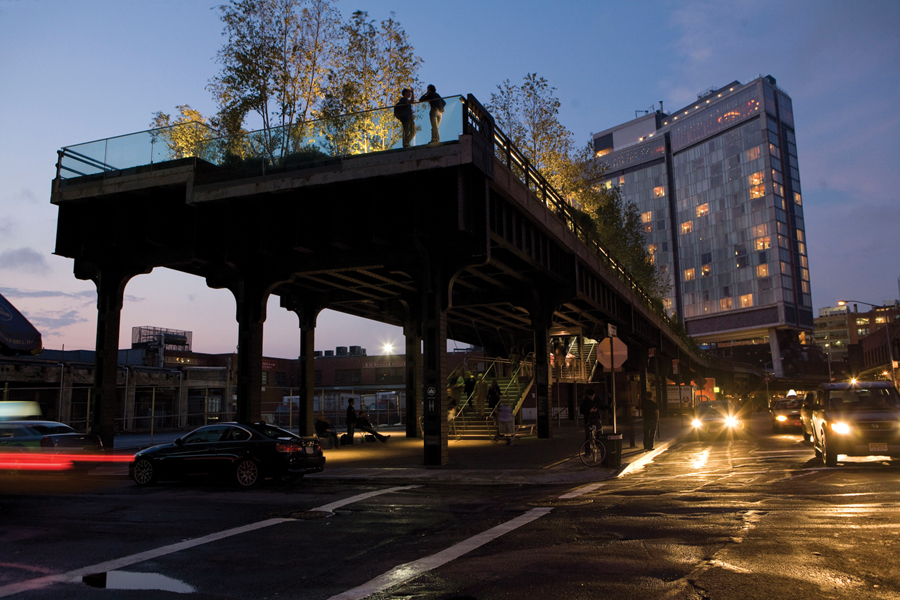Submitted by WA Contents
James Corner’s essay on the New York High Line
United Kingdom Architecture News - Jun 30, 2014 - 13:05 4449 views

image courtesy of Russel Fernandez/ Princeton Architectural Press
An excerpt from The Landscape Imagination: The Collected Essays of James Corner 1990–2010 by James Corner
The following is an excerpt from ‘The Landscape Imagination: The Collected Essays of James Corner 1990–2010′ by James Corner. In this passage, Corner discusses the work of John Dixon Hunt, and the qualities of Hunt’s work that he seeks to incorporate into his own (including his firm’s – James Corner Field Operations – redesign of the New York High Line).
Over the past two decades, James Corner has reinvented the field of landscape architecture. His highly influential writings of the 1990s, included in our bestselling Recovering Landscape, together with a post-millennial series of built projects, such as New York’s celebrated High Line, prove that the best way to address the problems facing our cities is to embrace their industrial past. Collecting Corner’s written scholarship from the early 1990s through 2010, The Landscape Imagination addresses critical issues in landscape architecture and reflects on how his writings have informed the built work of his thriving New York based practice, Field Operations.
By “Hunt’s Haunts”, I am referring to the writings of John Dixon Hunt and the many discussions I have had with him over the years that have lingered with me in ways deeply enriching and, at the same time, oddly disquieting. After all, good criticism and difficult conceptual frameworks inevitably pose a challenge – one that can often agitate and haunt one’s sense of direction if left unresolved.
This same point regarding the reception of fecund and challenging ideas could also be said of some of Hunt’s favourite physical haunts – some of the great gardens and places from which he has derived inspiration and about which his work is focused. Such places include Stowe, Stourhead, Bomarzo, the melancholic and hidden gardens of Venice, and the many others that have gifted him the feeling of a “greater perfection”. As he has written, such places are “haunted by undeniable spirits, [wherein] the environment can become landscape.” By spirits, of course, he refers not to some mystical essence but rather to the human mind – to the imagination, to the fictions and designs that create a place of lasting presence, a presence that inevitably haunts precisely because of effects that tend to linger and escape any form of easy definition....Continue Reading
> via Australian Design Review
